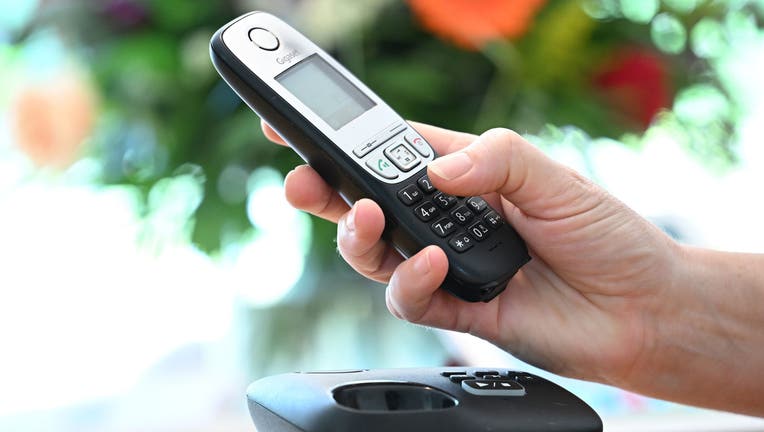Who still has a landline and who has cut the cord? The data may surprise you

FILE - A landline phone (Photo by Bernd Weißbrod/picture alliance via Getty Images)
If you’ve ever wondered how many people still keep a landline phone in their home, the U.S. Centers for Disease Control and Prevention has an answer for you.
The CDC has been tracking landline users – and those who have cut the cord – for more than 20 years. When researchers started tracking landline users and wireless-only households, only about 5% of Americans lived in homes without landlines. Today, three out of four adults in the U.S. live in wireless-only homes.
RELATED: How to set up satellite if cell service is down
Why does the CDC track landlines?
Stephen Blumberg, a director at the National Center for Health Statistics at the CDC, told USA Today that researchers started tracking landline and wireless users about 20 years ago, when Americans slowly started moving away from landline phones.
Telephone surveys are a big component of research, and researchers were worried that passing over people without landlines could skew survey results.
READ MORE: Doomscrolling costs us 3 days a month, survey finds
The CDC in particular was concerned about its National Health Interview Survey, a key source of information on the health of Americans.
"There was a need to understand who these folks were," Blumberg told USA Today. "Because if their health characteristics were different from people who just had landlines, then those statistics would be biased."
What the CDC data says about people with landlines
According to the most recent CDC wireless report, researchers surveyed 14,113 adults and 3,738 children from July through December 2023. Of those, roughly 76% of adults and 87% of children live in homes without landlines.
RELATED: More Americans are regularly getting news on TikTok, Pew Research finds
The Northeast has more landline owners than any other region in the U.S. There are theories on why that is, but researchers haven’t found a clear answer.
Blumberg said people living in the Northeast are more likely to live in multigenerational households with older Americans. Older people like landlines, he said.
Here are other key findings:
- Adults living in wireless-only households are more likely to smoke cigarettes and drink alcohol.
- They’re also less likely to have health insurance, and less likely to have gotten a flu shot in the past year because of financial barriers to health care.
- Some 90% of adults who are 30-34 years old live in a home without a landline, while 55% of adults older than 65 reported living in a wireless-only home.
- Hispanic adults were more likely than other ethnic groups to live in homes without landlines.
- Low-income families were also more likely to live in wireless-only homes.
- Six out of seven renters reported living in homes without landlines.

